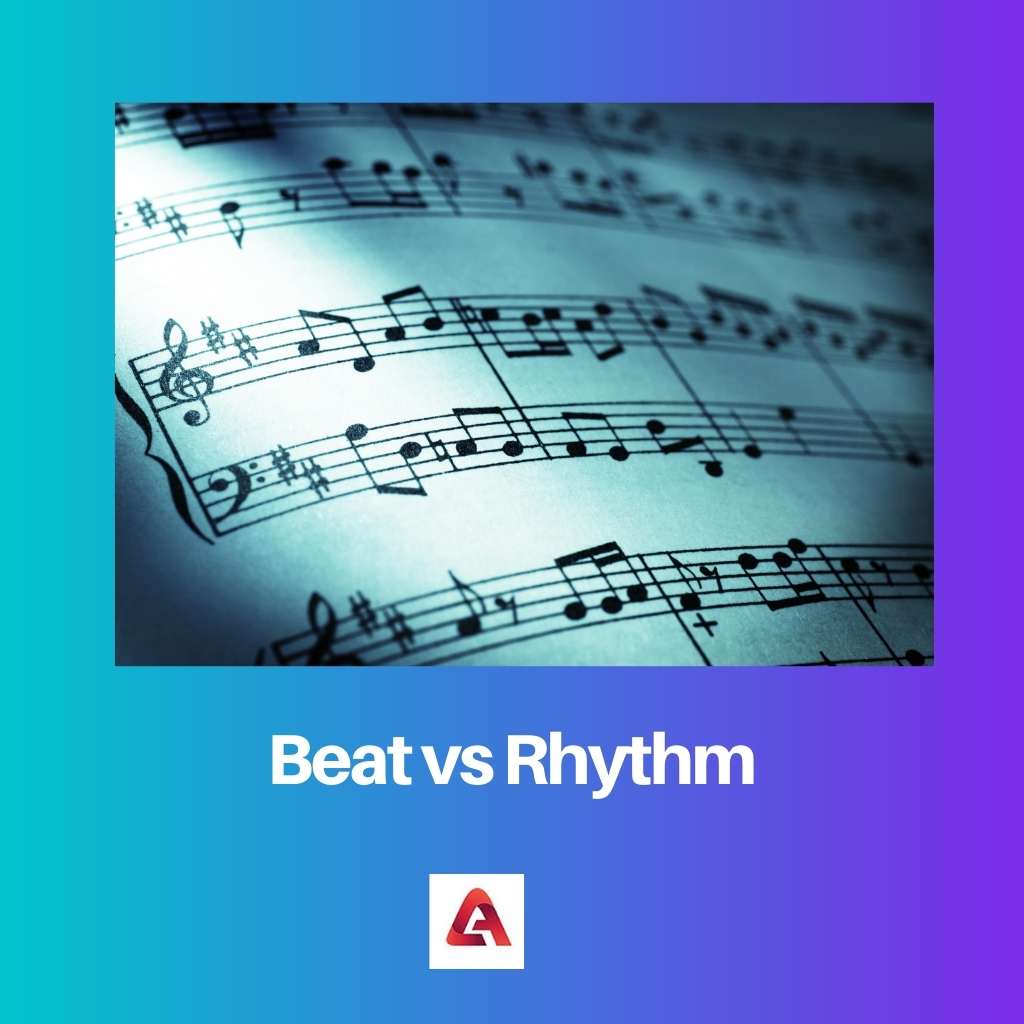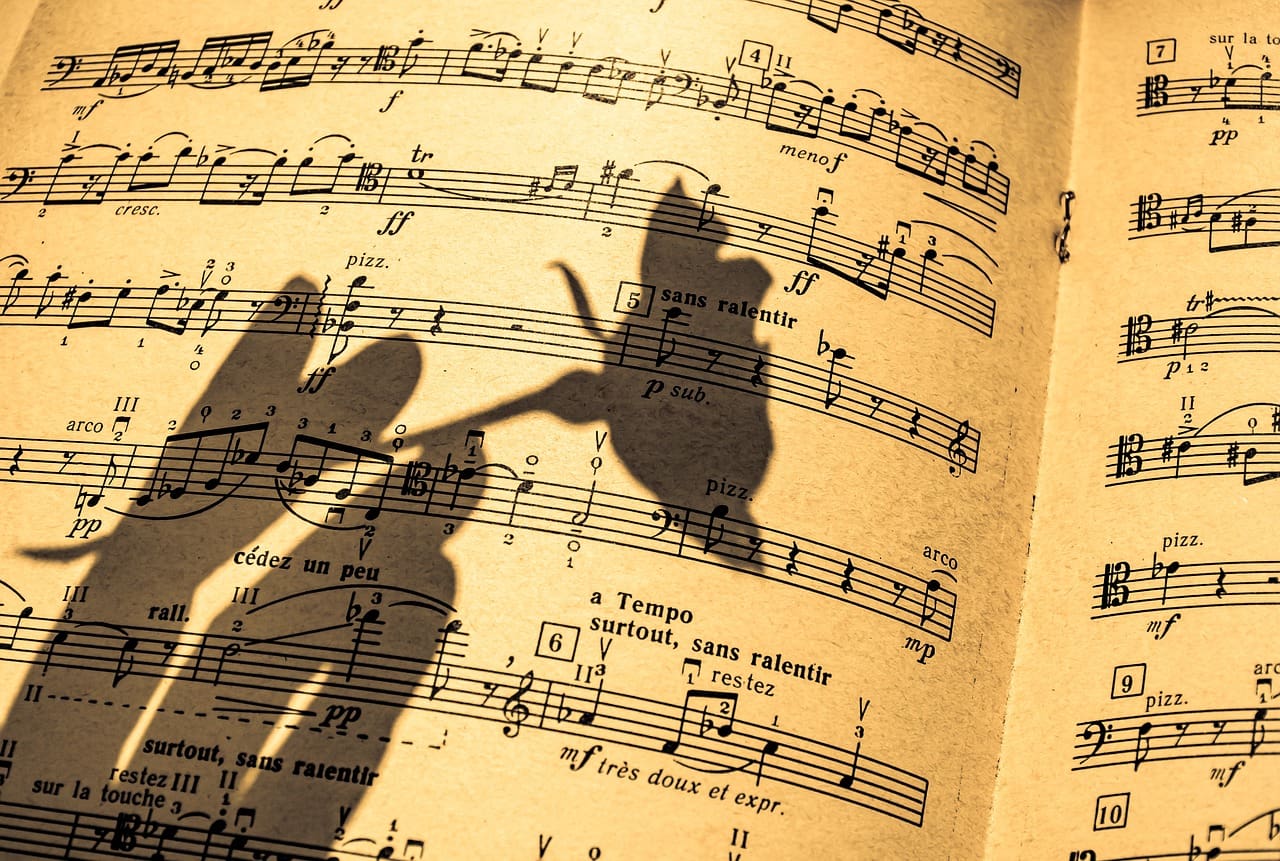Music can stimulate feelings and transform the atmosphere of the mind. Several elements collectively form this music.
And each different arrangement of these elements creates different music. Every culture and musician labels their music differently.
Some sounds are soothing, whereas some are emotional. Numerous forms can transform music, but the base will always be this beat and rhythm.
In musical theory, every beat and rhythm contributes to shaping the music.
Key Takeaways
- The beat is the basic unit of time in music, providing a steady pulse.
- Rhythm is the pattern of sound and silence within the beat structure.
- Beats create a foundation for rhythm, which adds variation and complexity to the music.
Beat vs Rhythm
The beat is the underlying pulse of a piece of music that creates a sense of time and movement. It is heard as a consistent pattern of accents or pulses evenly spaced throughout the work. Rhythm is the arrangement of sounds and silences within the beat into smaller time units.

Rhythm represents the flow of something in the same interval repeatedly. This can be anything in nature or the surrounding that repeats itself over time.
The rising of the sun has a rhythm. This incident repeats itself, maintaining a specific time interval between the upcoming occurrence.
The beat is the unit that represents the time a particular rhythm should occur. If the tempo of any moment is high, then the distance between consecutive seconds will decrease.
A specific melodic line has ten beats, then any rhythm of any length will repeat 1p tines only.
Comparison Table
| Parameters of Comparison | Beat | Rhythm |
|---|---|---|
| Definition | The beat is the fundamental unit of a period in music. | A rhythm is the time length between each significant accent. |
| Types | There are five types, i.e., random rhythm, regular rhythm, alternating rhythm, flowing rhythm, and progressive rhythm. | A beat comprises a kick, a snare, high-frequency percussion sounds, and a bass and melodic element. |
| Elements | A beat comprises kick, a snare, high-frequency percussion sounds, and a bass and melodic element. | A rhythm comprises tempo, content, and quality. |
| Variations | A beat is non-changeable. | A rhythm is changeable. |
| Examples | The beating of the heart is an example of a beat. | The change of seasons follows a rhythm. |
What is Beat?
In simple words, a beat is a basic unit. It is a unit to denote the specific time of a piece of music.
Beats of music help to synchronize the other elements of music; without moments, musicians cannot count the notes played.
The beat is the basis for any music. While creating any song, the moment decides how the music should flow.
The song has sounds created by melody and harmony, but beats build the rhythm and manipulate the tempo of the music.
While listening to any song, people started clapping. They don’t notice, but they are meeting the beats of that song.
Most of the songs are played by percussion instruments. Beats are considered percussion and drums, so moments must be in all the pieces.
Further, these beats are combined and divided; we can specify these forms by a meter. A duple meter, a triple meter, is formed according to the combinations of beats.
The splitting and dividing beats also decide the meter, like simple and compound.
For creating beats in music, musicians now use Digital Audio Workstation. The arrangement of moments that form enjoyable music has balanced repetition and variation.
Beats also consist of elements, including the exclusive flashes used for music creation.

What is Rhythm?
Rhythm is a periodic recurring pattern of beats with specific beats at a particular time. The sense of rhythm can be clarified as the interval or space between the repeated elements.
After understanding the rhythm, one can create great melodies and harmonies, as the knowledge of rhythm and its application in tracks is necessary for forming songs and melodies.
Rhythms decide the placement of different elements of music. If we closely observe raditional Western or modern music, meter works as a binding element of musical batter.
The temp beats category notes the performance of rhythms comprised to form the music. Two significant track beats have a specific time gap, and if we get the length of this time between them, we can find the track’s rhythm.
Consider some facts, and rhythm is not only bounded by music only.
Tides in the sea, our heartbeats, sleeping habits, and even poetry show rhythm as everything among these elements has patterns repeated periodically. The origin of rhythm is from the Greek language.
The word ‘rhythms’ is the genesis of rhythm, which means ‘to flow.’ It connects its meaning with music and several other periodic flows with time.

Main Differences Between Beat and Rhythm
- The beat is an entity of acoustics and musicology. But, the rhythm has broader aspects such as day-to-day activities, environment, etc.
- The beat is again categorized into 4 types. In comparison, rhythm is again divided into 5 categories.
- The balanced pulsing in the melody is like the heart’s beats, But the rhythm is the time signature of the notes of a song or music.
- Beats required 6 elements to create. They are a kick, a melodic element, a snare, high-frequency percussion sounds, and bass. But rhythm required different elements like content, quality, and tempo.
- Beats can not be changed, but the rhythm is a changing parameter.



